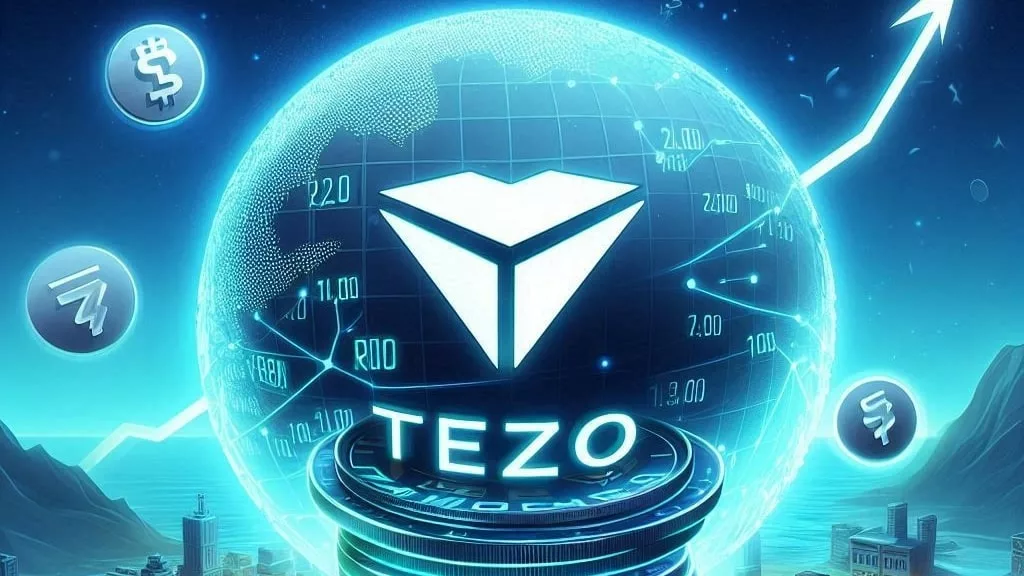
Tezos (XTZ), a long-standing player in the blockchain space, has officially implemented its 18th protocol upgrade, dubbed Rio. This latest upgrade marks a major step forward for the network, particularly in terms of staking flexibility and infrastructure that supports Layer 2 scalability. The Rio upgrade is seen as a pivotal enhancement that aligns with Tezos’ broader goal of offering a more efficient, robust, and developer-friendly blockchain platform.
With Rio now live on the mainnet, the Tezos ecosystem introduces several changes that impact both everyday users and validators, also known as bakers. One of the standout features is a significant reduction in the network cycle length. Previously, it took nearly three days for changes to reflect in staking and delegation. The Rio upgrade reduces this to just one day, dramatically speeding up the process and allowing for more fluid user participation in staking activities.
The shortened cycles mean that consensus rights now update in just two days, compared to six days prior to the upgrade. Additionally, users who decide to unstake their XTZ will now be able to finalize their transactions in four days instead of the previous ten. This change significantly improves the overall user experience by reducing the time it takes to move funds between staking and decentralized applications. Faster staking and unstaking is especially important in the current Web3 landscape, where users often interact with multiple protocols and need liquidity to move efficiently between services.
The Rio upgrade also introduces a stricter framework for validator behavior. Under the new rules, bakers who remain inactive for two consecutive days are marked as inactive and lose their consensus rights. This is designed to protect the integrity and speed of the network by ensuring that only active and reliable nodes are participating in block validation. By enforcing these standards, Tezos enhances its network resilience and reduces the risk of delays caused by unresponsive validators.
Another key focus of the Rio upgrade is its deeper integration with the Data Availability Layer (DAL), a component introduced in an earlier upgrade known as Paris in 2024. The DAL plays a crucial role in enabling Layer 2 scalability on Tezos by allowing a massive increase in on-chain data capacity—up to 4,000 times more than before. This capability is vital for supporting rollups and applications such as Etherlink, which rely on high transaction throughput. By incentivizing participation in the DAL through protocol-level rewards, Tezos is fostering greater adoption of scalable Layer 2 solutions that reduce congestion and fees on the main chain.
Yann Régis-Gianas, Head of Engineering at Nomadic Labs, emphasized the importance of the Rio upgrade, noting that it aligns perfectly with the network’s long-term vision for expanding economic activity on Layer 2 platforms. According to him, this update reinforces Tezos’ commitment to performance, security, and usability in the Web3 era.
Looking ahead, Tezos developers are already planning future upgrades that aim to further reduce wait times for unstaking without compromising the security of the network. This signals an ongoing effort to maintain Tezos’ competitiveness in a fast-evolving blockchain industry.
Overall, the Rio upgrade positions Tezos as a more agile and scalable blockchain. By addressing user needs for speed, flexibility, and reliability, while supporting the growing demand for high-throughput applications, Tezos continues to prove itself as a forward-thinking network capable of adapting to the complex needs of modern decentralized ecosystems.
Get the latest Crypto & Blockchain News in your inbox.